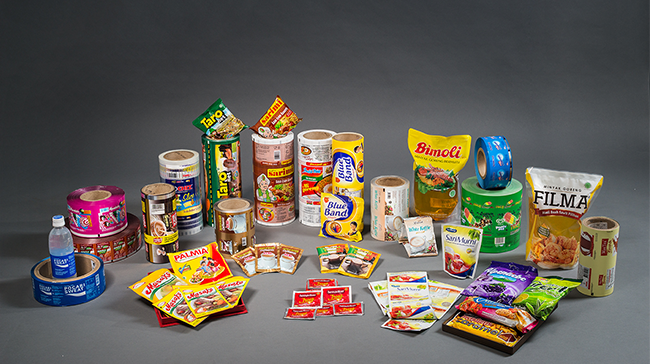Some new requirements and changes on packaging have inspired the flexible packaging industry. In the future, flexible packaging products can develop in these aspects.
1. Realize lightweight and thin-walled packaging products.
At present, the thickness of polyester film used for flexible packaging is usually 12 microns. If the annual consumption of polyester film for packaging in China is calculated as 200000 tons, of which 12 microns film accounts for 50% of the total, after the thickness of 12 microns is reduced to 7 microns, the country can save about 40000 tons of PET resin in a year.
Flexible packaging uses less resources and energy than other forms of packaging. Its packaging cost, material use and transportation cost are not only significantly reduced, but also some properties are better than rigid packaging. The use of flexible packaging can minimize packaging and transportation costs between processors, packers/bottlers, retailers and end users. It not only occupies less space than rigid packaging when it is empty, but also can be directly made into packaging bags from coiled materials at the filling site, thus minimizing the transportation of preformed empty packaging.
An important trend of flexible plastic packaging is to continue to thin, because environmental pressure and high polymer prices make customers demand thinner films.
It is predicted that the consumption of flexible packaging by global consumers through products will be 2010-2020 (thousand tons).
However, it is difficult to achieve lightweight, which includes the concept of process, technology, material selection, equipment, design and use, and reflects the improvement of production level and social progress. Of course, the lightening of plastic packaging is carried out through effective methods on the premise of ensuring the usability and safety of packaging products and consumers. The so-called lightweight is not jerry built, but achieved through technological progress and continuous innovation.
2. High performance, multi-function and environmental adaptability are the development direction.
Recently, high-performance and multi-functional composite materials have become the focus of industry development, such as high temperature resistance, cooking resistance, aseptic packaging, etc. Some enterprises have some misunderstandings about the development of green packaging products. “Green packaging” is often understood as the “greening” of packaging products, and packaging products made of degradable materials are regarded as green packaging products, ignoring the environmental pollution and resource waste generated in the production process, the impact of packaging products on human health and the reuse of packaging materials. In fact, whether a packaging material is “green” depends on its impact on the environment from the whole life cycle of the product. Green packaging should be conducive to the sustainable development of production, and should focus on three aspects, namely, resource conservation, environmental protection (reducing pollution to water, atmosphere and noise), and products should meet the safety and health standards.
Another trend of more thin-film materials is the rise and importance of high-performance films. The development trend of food packaging film is low permeability and high-performance film structure to extend shelf life and enhance flavor. This growth occurred in the period when goods were packaged in rigid containers and turned into high-quality flexible packaging. Non-food packaging is applied in industry and agriculture.
The growing share of quality products – including products sold in modified atmosphere packaging (MAP) – also favors soft packaging of baked goods. Some of the products are gluten free bread and breakfast products, such as croissants, pancakes, some baked bread and rolls; Colored bread; And cake.
Post time: Dec-07-2022

